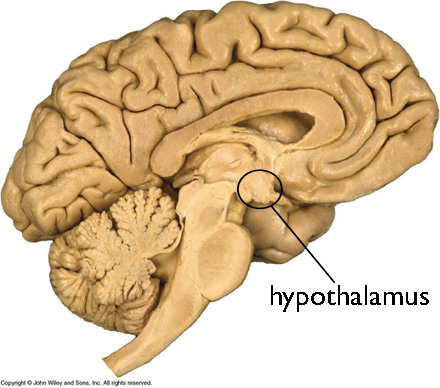I have taught and done outreach at all levels, from kindergardners to specialized scientists in post-graduate training. Now, I teach mostly college freshmen and sophomores.
At the university where I teach, many of our students are first-generation: that is, they are the first in their families to attend college. Our estimates are maybe 1/3 or more fit this category. Many come to college not quite prepared for college work. It’s really rewarding for me to show them some tools that bench scientists use every day. I think most scientists take some of their methods for granted, because they become so familiar that we begin to believe we’ve always known how to do them.
 For example, when I sit down to calculate what I need for a 1 molar solution of sodium chloride in water, I already have memorized that the molecular weight of NaCl is 58.44 g/mole and I know exactly how to combine that with other numbers to get the amount I need to weigh out.
For example, when I sit down to calculate what I need for a 1 molar solution of sodium chloride in water, I already have memorized that the molecular weight of NaCl is 58.44 g/mole and I know exactly how to combine that with other numbers to get the amount I need to weigh out.
But I didn’t always know how to do that. It’s something that you get better at with long practice.
A shortcut of sorts that scientists use is something called “Dimensional Analysis”. I learned it as “The Factor-Label Method” but it’s the same thing with either name. You’ve got two goals: 1) make the units work out; 2) keep multiplying by things you know equal 1 until the units do work out.
This video (5:44) shows students how to approach problems using Dimensional Analysis. It’s also available at YouTube.







